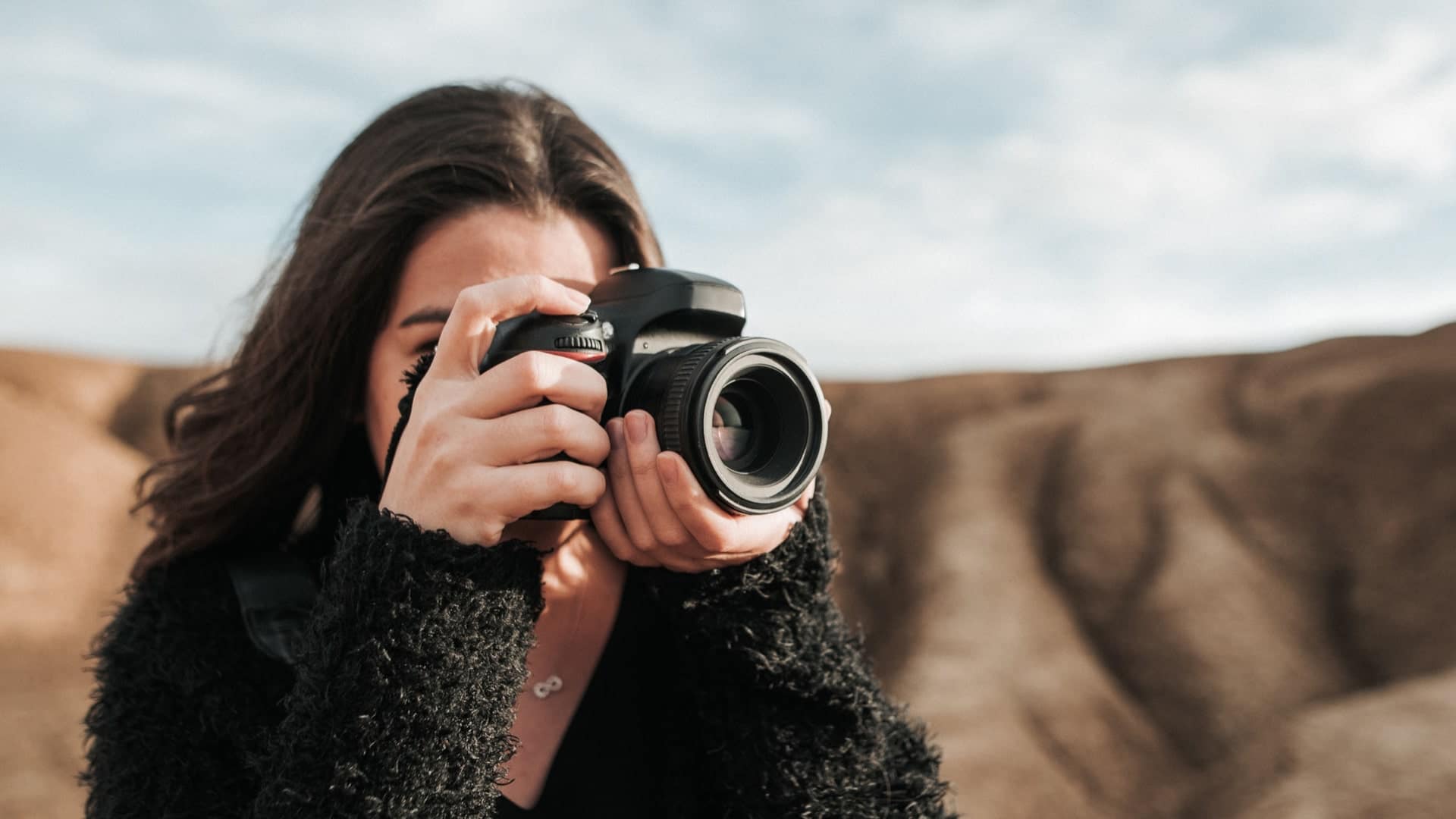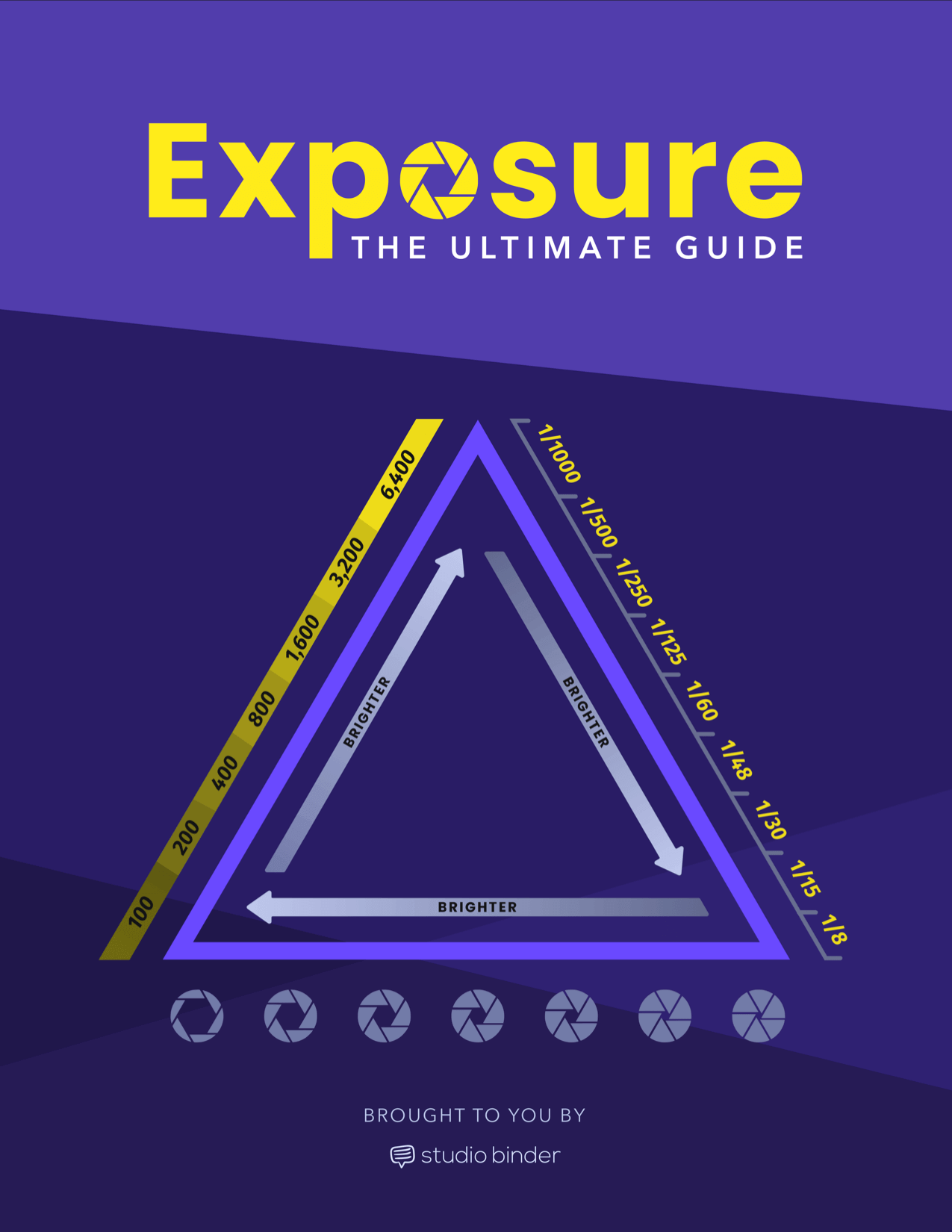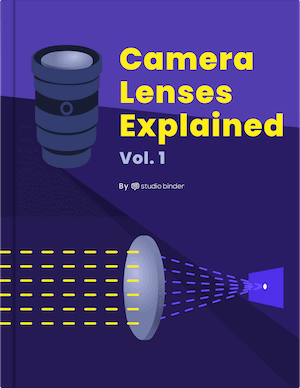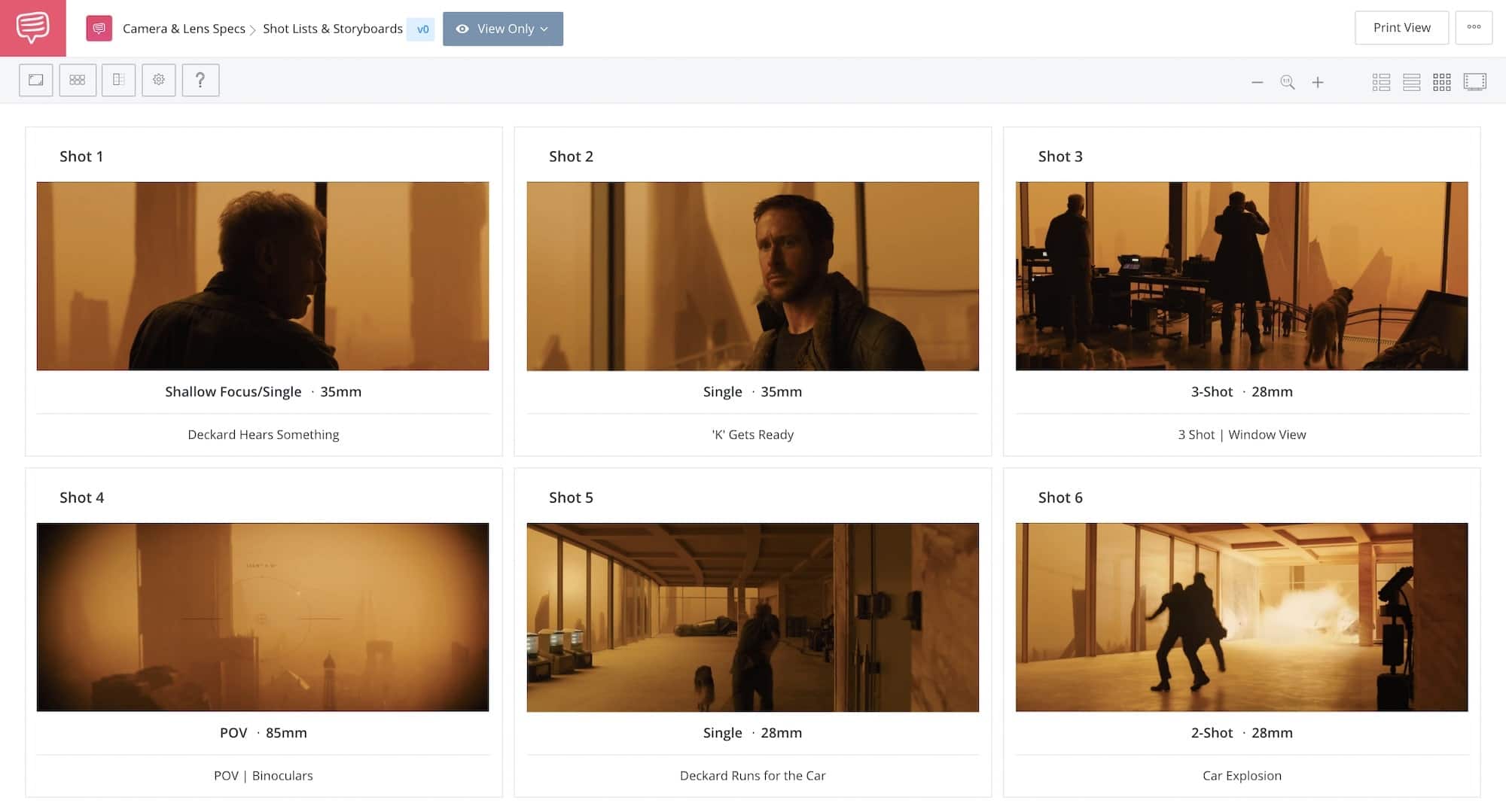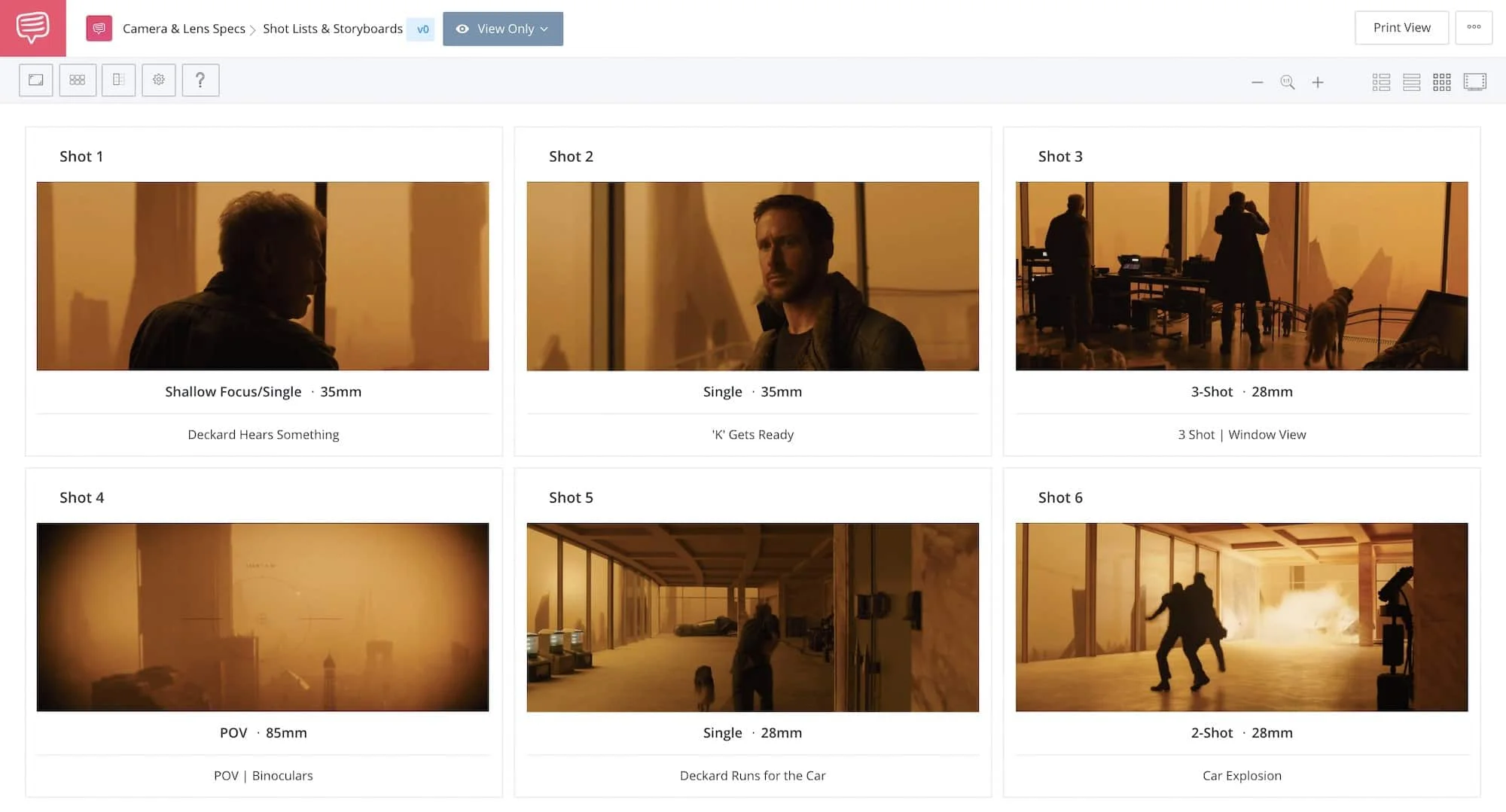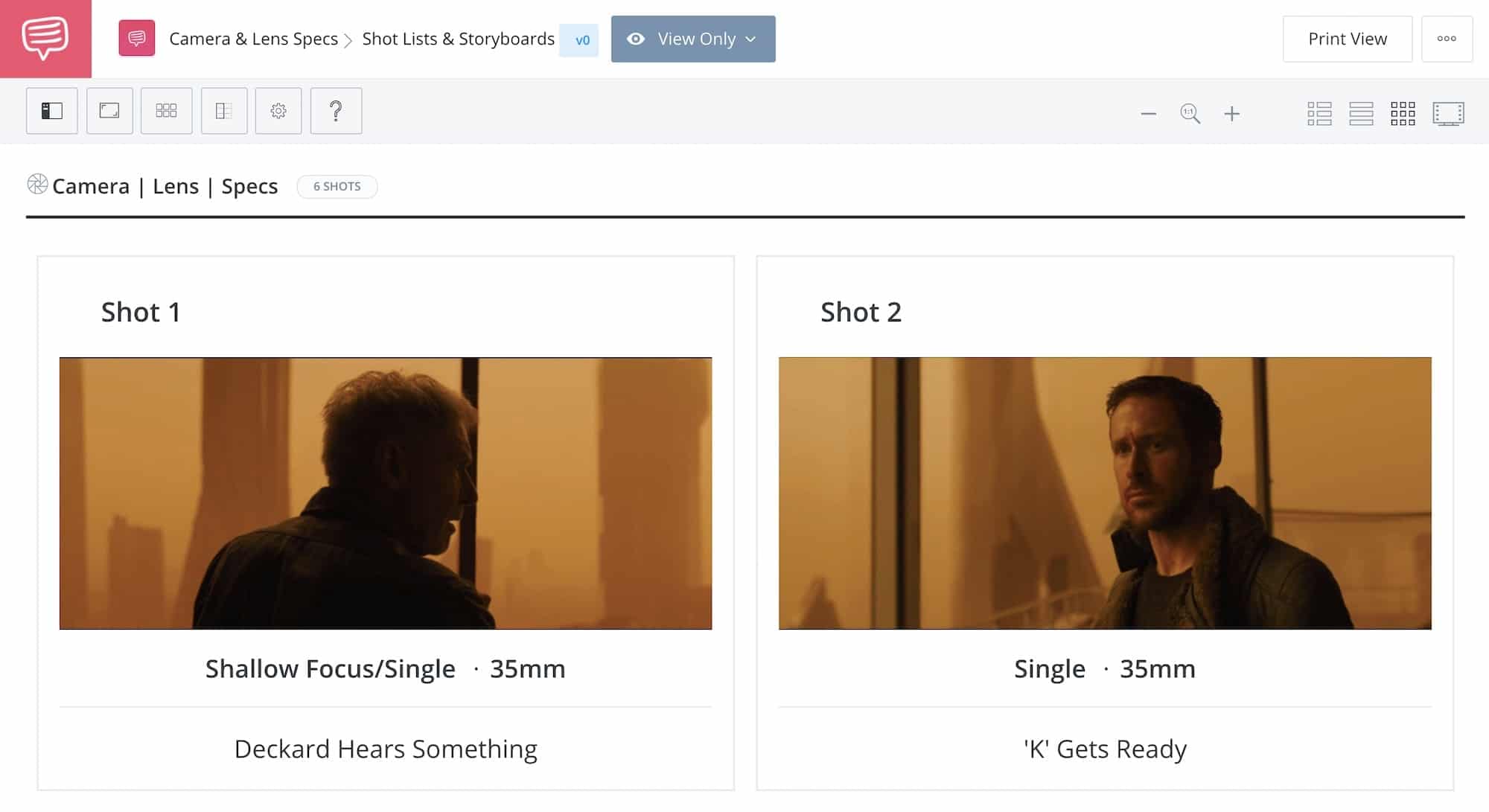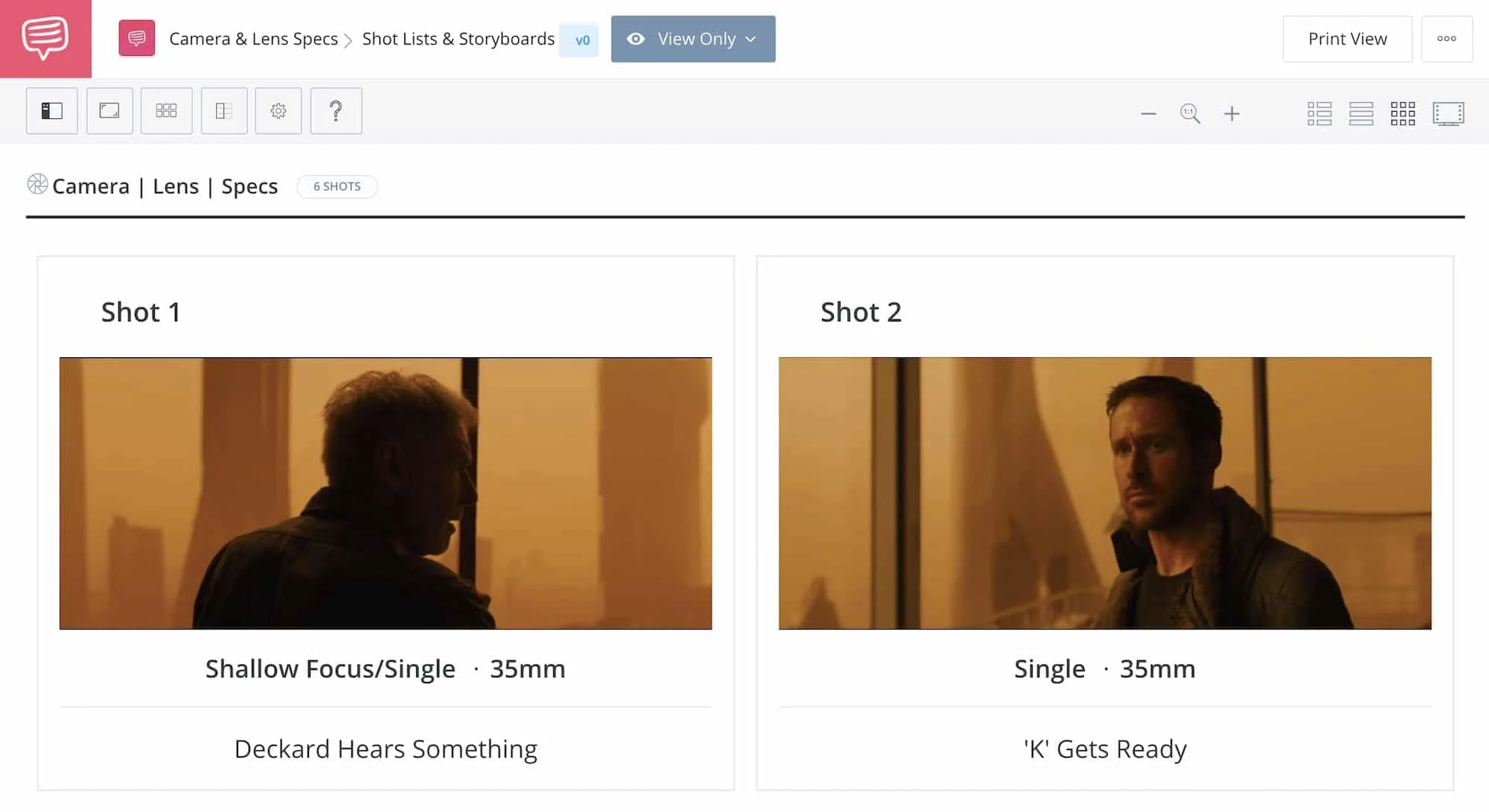Kit lenses are great for beginners, but if you’re at the point where you want to experiment with new lenses, prime lenses are a great place to start. They can also help you become a better photographer or filmmaker, because they rely on way less mechanics than other lenses. So. what is a prime lens? And why should you use one? Let’s dive in.
What Does Prime Lens Mean
What’s a prime camera lens
If you’re on-the market for a new lens, and are considering a prime lens, great! But let’s first define it and its main functions to determine if it’s best for you.
PRIME LENS DEFINITION
What is a prime lens?
A prime lens is a fixed focal length lens that doesn’t let you zoom in or out. This focal length is the distance between the point of convergence in the lens to the sensor in your camera. Prime lenses have very wide or large apertures. Apertures measure the size of hole when the lens opens inside a camera. Prime lenses have maximum apertures typically ranging from f/2.8 to f/1.2. There are few moving parts in a prime lens, making it difficult for major problems to arise.
Zoom lenses are lenses in which the focal length can vary, and while convenient, they have a much more complex system that can potentially cause more issues. Prime lenses are often smaller than their zoom lens counterpart, and have a variety of other benefits comparatively.
PRIME LENS VS ZOOM LENS
- Prime lenses are more compact with less involved
- Camera prime lenses are sharper than zoom lenses
- Wider aperture allows for bokeh and other techniques
- Better image quality
- Often better value
One of the great things about prime lenses is that they can help sharpen your technique. With these lenses, you can’t rely on zoom to get the shot you want. You are the zoom. And your physical choices will affect the angle and zoom of the photo.
Before we get into the pros and cons of prime lenses, take a minute to download our FREE Ebook — Camera Lenses Explained Vol. 1 — where we cover everything you need to know about the different types of camera lenses, their unique visual characteristics, and how to use them.
Free downloadable bonus
FREE Download
Camera Lenses Explained
Every type of camera lens has distinct qualities and visual characteristics that every image-maker should understand. Download our FREE e-book to get in-depth explanations on prime vs. zoom lenses, anamorphic vs. spherical lenses, wide angle, standard, telephoto and even specialty lenses that all tell a slightly different story.
Using a Fixed Lens
Why choose a prime lens?
A prime lens definition means little if you don’t know how or why you’d want to use one. Check the video below highlighting the benefits of using a prime lens.
Why the prime lens
Wide Apertures Isolate Subject and Let More Light In
Wide aperture settings in a prime lens serve a dual purpose, and can really enhance the quality of your images.
Read more about how aperture works if you need a refresher. But otherwise you know that a wide aperture, (or low f/stop number), creates a shallow depth of field. Meaning there is a narrower range of focus in the image. The background is blurred and out of focus, while only the subject remains in focus. This blurred background allows the subject to stand out, creating some incredible looking stills.
Another benefit of the wide maximum apertures on prime lenses is the amount of light that can get it. A wider aperture lets in more light, which is ideal for low-light situations.
Prime Lenses Have Sharper Image Quality
When there are fewer focal lengths to account for, there is less distortion or aberration. It is much simpler to create sharper, better quality images. Zoom lenses on the other hand, are designed for multiple focal lengths. While zoom lenses allow more options, there will always be some trade-offs in performance, size, and even price.
Primes give the best value
Again, because there is less distortion, and overall better image quality, you typically get more for your money when it comes time to purchase. You can take a look at some prime vs zoom lens’ prices in this purchasing guide.
Primes are more compact
The less mechanics inside the lens, the lighter the lens, which makes it incredibly beneficial when traveling. Even if you do have to bring two lenses of different focal lengths with you, they’re generally both lighter than one zoom lens. It really depends on what you’re looking to get out of your shots.
Choosing the Right Prime Lens
Which focal length should I use?
Now comes the time to select a prime lens. And realistically, you may not be able to buy every length on the market, and even if you could, there’s no need. It all depends on the style or subject you’re shooting.
Longer lenses are typically best for portraits because they have a shallower depth of field.
If we keep the apertures the same, a 100mm lens will have a much shallower depth of field compared to a 28 mm lens.
Having such a small depth of field separates the background from the foreground, and does a great job isolating the subject.
Lenses that have focal lengths longer than 60 mm (or so), are referred to as telephoto lenses. They flatten facial features and are often much more flattering than a wider angle lens. A telephoto lens can be either a prime or zoom lens.
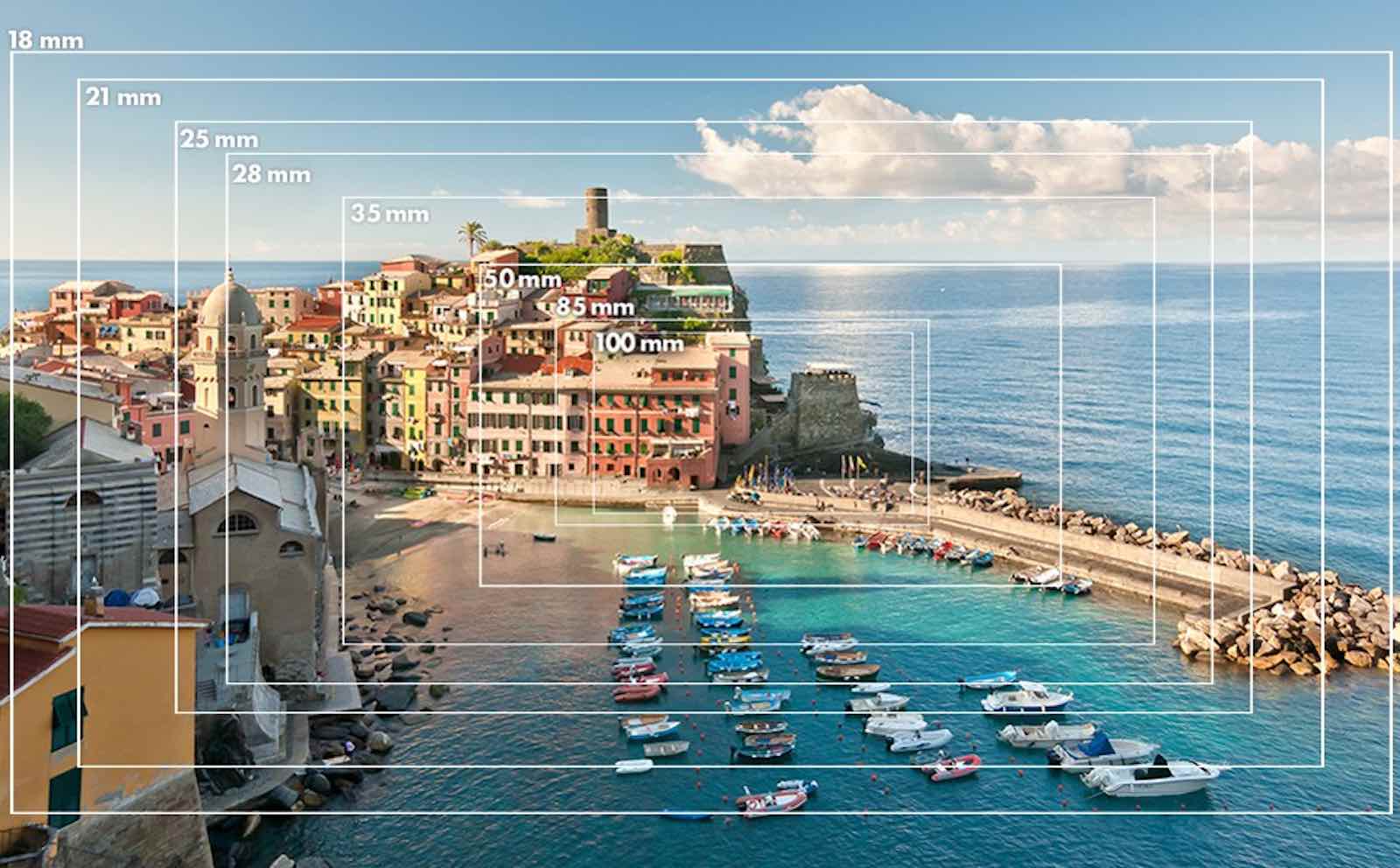


Figure out the focal length you want
But if you’re shooting a street view, a short focal length may be the way to go. Wider angle lenses tend to exaggerate features, and are great for big open landscape shots.
Pro Tip
Because telephoto lenses bring far away subjects closer, they also work extremely well for landscape shots.
Prime Lenses in FIlm
Prime lens film example
Keep in mind, prime lenses aren't just used in photography. Everything we've discussed applies equally to shooting video. Before we go, we wanted to leave you with an example of a scene shot with a prime lens. Blade Runner 2049 used a Zeiss prime lens.
Blade Runner 2049 • Get the Storyboard
A cinematographer like Roger Deakins understands the value of prime lenses. When you approach your next project, be mindful of your lens choices. If you understand which focal length works best for each shot, you won't have to sacrifice image quality with a zoom lens to get it.
Blade Runner 2049 • Get the Storyboard
There are a ton of lenses on the market, and even more reasons to consider purchasing them. If you read our article on how to choose the right lens for your project, you’ll gain some buyer info and overall insight into what’s best for you.
Free downloadable bonus
FREE Download
Camera Lenses Explained
Every type of camera lens has distinct qualities and visual characteristics that every image-maker should understand. Download our FREE e-book to get in-depth explanations on prime vs. zoom lenses, anamorphic vs. spherical lenses, wide angle, standard, telephoto and even specialty lenses that all tell a slightly different story.
Related Posts
Up Next
What is a Telephoto Lens?
A telephoto lens is commonly linked to the zoom lens. But it can also be a prime lens. Learn how it all connects and how can you use a telephoto lens to create deliberate, higher-quality shots.
Up Next: What's a Telephoto Lens? →
Showcase your vision with elegant shot lists and storyboards.
Create robust and customizable shot lists. Upload images to make storyboards and slideshows.
